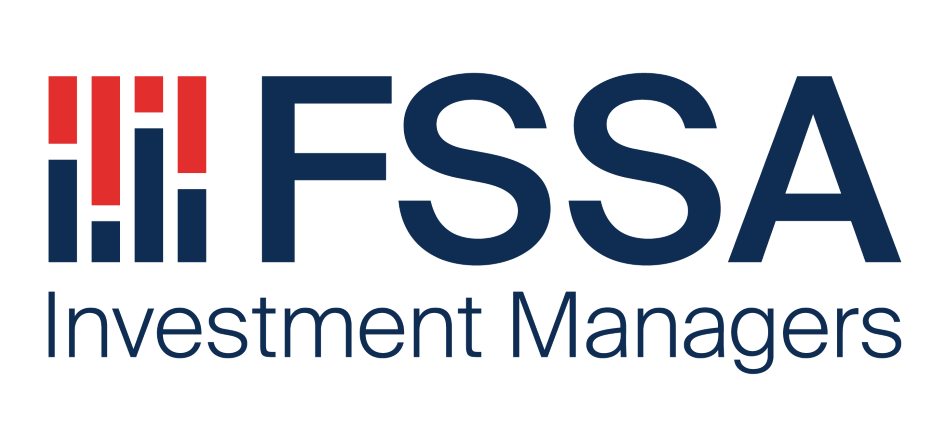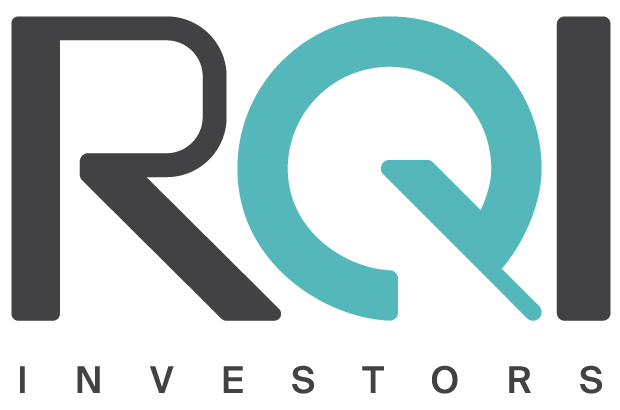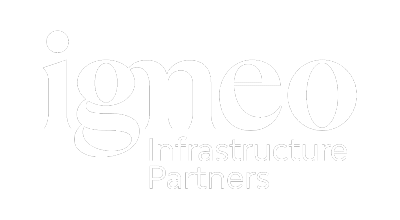Your search returned more than 50 results. The 50 most relevant results are displayed.
The team boasts one of the largest number of dedicated portfolio managers of cash funds in australia, with a long term and solid track record of outperformance.
Find out more about our short term investment cash funds today. they aim to provide a regular income from investments in money market securities.
Head of short term investments and global credit tony togher discusses negative interest rates in australia, the ongoing role of cash in portfolios and gives insight into how the largest cash manager in australia continues to add value when rates are low.
Over a career spanning three decades, head of short term investments and global credit tony togher has invested ahead of change in fixed income markets. he shares his analysis of relative value in markets today and the importance of managing liquidity, return and volatility.
Podcast: Our take on 'whatever it takes' - spotlight on cash and credit
Shares, bonds, and alternative asset classes tend to dominate media attention and headlines, but there's a forgotten asset class that underpins most investors’ portfolios: cash. record low interest rates around the world saw cash fall out of favour with investors in recent years, but prospective ...
We consider ESG risks to be factors that may place business value at risk. Companies at risk are identified using both external providers and our own internally driven research, which is based on a systematic and extensive company meeting program.
A diverse range of global, regional and sector based equity, multi-asset and fixed income investment strategies and funds
Updates and thought pieces from our leading investment experts
Learn about investing in fixed income today. First Sentier Investors' on-the-ground teams share investment ideas uncovered in developed and emerging markets.
Our short term investments and global credit team is supported by our global credit research analyst community. for nearly 20 years, the team has delivered actively managed credit portfolios, spanning both investment grade and high yield corporate credit markets.
Our short term investments and global credit team is supported by our global credit research analyst community. for nearly 20 years, the team has delivered actively managed credit portfolios, spanning both investment grade and high yield corporate credit markets.
The well-established first sentier investors australian small and mid-caps team has extended its small companies long short strategy to retail investors for the first time
While the wild swings in share, credit, currency, and commodity markets have garnered most of the attention in the months following the COVID-19 outbreak, cash markets in Australia have seen some highly unusual movements that demand further scrutiny.
Political turmoil, currency fluctuations, and poor governance are common themes amongst headlines about emerging markets investing. It is in the context of these hazards that, in our decades of allocating clients’ capital in this universe of companies, we have looked to find high-quality family ...
First state investments high yield group passed the 3-year performance anniversary at the end of april. current high yield strategies are long-only corporate credit, with no leverage and no derivatives.
2020 has been a remarkable year for infrastructure operators and investors, with covid-19 abruptly changing the way we work, play and travel. lockdowns have not been seen on this scale since world war two, impacting short-term earnings for assets like toll roads and airports.
The First Sentier Wholesale Strategic Cash Fund (‘the Fund’) reported a positive return (0.0032 or 0.32%, gross of fees) for the month of October 2022. This result was a welcome development following the low interest rate environment of the last 2 years, which has seen cash as an asset class stru...
Office real estate is undergoing a fundamental shift, while COVID-19 has accelerated a number of global real estate investment trends, including the continued growth and adoption of e-commerce and falling home ownership.
In an environment of uncertainty, infrastructure investments can provide investors with a sense of reassurance. regardless of short-term market ‘noise’, every nation depends on roads, utilities, airports, railways, pipelines and wireless towers, in order to function effective...
With the United States just weeks away from a Presidential election, the stakes are high for a country that has been grappling with the COVID-19 pandemic, social unrest and an economic crisis.
Rudi Minbatiwala, Head of Equity Income, draws some lessons in equity income investing from George Costanza and reflects on why investors should aim for more than high dividend yield when selecting stocks.
Most investment professionals believe that neither esg nor long-term factors are efficiently priced by markets. around 75% believe that investors are over sensitive to short-term factors. a similar number believe that risks and opportunities associated with esg externalities ...
An overview of the Asian Equity Plus and Asia Pacific Small-Caps strategies in August 2020.
Given its size and influence, China remains a key investment destination despite ongoing trade disputes and diplomatic tensions with the US and Australia. With a GDP equivalent to around 70% of the United States, many global portfolios continue to feature Chinese equities. Against this background...
While many investors might understandably believe income and yield are the same, pursuing one over the other can deliver surprisingly divergent and apparently counterintuitive results.
While many investors are moving to a more nuanced understanding of risk, old habits die hard. Some assume that managing a portfolio’s volatility and correlation is enough to ensure proper diversification and an appropriate asset mix, but our multi-asset solutions team believe that assumption is f...
"What we do well by being global is recognising trends that are happening in one part of the world, and seeing that as an opportunity in another part." Peter Meany, Head of Global Listed Infrastructure, discusses global trends in infrastructure assets with Graham Hand from FirstLinks.
The explosion of COVID-19 cases in early 2020 saw economic uncertainty hit the markets. Volatility spiked and equity markets fell sharply – the S&P/ASX200 almost halved in value over the 22 trading days from February 21st.
We are entering a new era. The year 2024 will be unpredictable and clouded by many uncertainties. It will be marked by geopolitical risks, the ongoing taming of the inflation beast, and how the US Presidential election will impact markets.
First state stewart asia believe the best companies can typically be found among the leading consumer, financial or industrial companies in the less developed parts of the world. here the team reflect on some investments made in emerging markets, including india, brazil, south africa, russ...
The ongoing coronavirus (COVID-19) outbreak has morphed from a health crisis to an economic crisis, forcing governments to balance keeping their people safe with limiting the severity of the economic downturn including a raft of extraordinary fiscal support measures. A by-product of this sizeable...
In our last client update in february 2021, we discussed the reasons we resisted the temptation to switch into pure cyclicals and so-called “value” stocks1 — even though we had anticipated a sector rotation in the market (the topix subsequently peaked in march 2021). when there is a rise in infla...
People are are at the heart of our success as a leading global asset manager
First Sentier Multi-Asset Real Return Fund Neutral Asset Allocation Review. Read the paper: 'No time to buy: Volatility, tightening and reasons to be optimistic in 2023.'
All of us have been brutally confronted by a new reality in the last few months. It has certainly been crude, with financial markets swinging around on a riptide of greed and fear, as we the participants have vacillated between elation and despair. It is not surprising. Life and the world of mark...
Discover how the wholesale equity income fund leverages a highly experienced team with a 14 year track record to deliver equity income.
As the saying goes, “There are two kinds of forecasters: those who don't know, and those who don't know they don't know.” Recently, we have seen hordes of the latter kind, garbed as analysts, Unicorn founders, freshly-minted CEOs and so-called “experts”, as they engage in modern-day snake oil sal...
Characterised by periods of drought, fire and flood, the australian climate is becoming drier over the long term. a growing population is almost completely reliant on a single, unpredictable source of water – rainfall. danny latham, partner, unlisted infrastructure at first sentier investo...
Following a long period of underperformance, the value style has finally started to deliver strong returns. The drought has broken; long may it continue. Since November 2020, we have seen a strong and consistent rebound of the value style, while growth and momentum styles have trailed behind.
In 2020, one group of companies has done particularly well – the popular digital technology companies focused on e-commerce, delivery and entertainment, to name a few industries. In emerging markets, they dominate the Chinese market; but they can also be found in Korea, Southeast Asia, Eastern Eu...
As bottom-up investors, the FSSA team carry out well over 1,500 meetings each year to assess company managements’ capabilities and the underlying strength of the franchises they run. These Monthly Manager Views are based on the team’s discussions with company management and the in-depth analysis ...
APRA market communication on capital call expectations – 1 November, 2022
While the pandemic is still far from over, a number of key leading indicators point to a healthy and broad-based recovery in China. Industrial production, trade activity and retail sales have been strong; and in stark contrast to the lockdowns and travel restrictions in early 2020, domestic trave...
In this article we look at how Lebanon’s bond default and potential restructure is becoming a challenge; a result of three “crises” overlapping, and how the complexity of the political circumstances make the situation all the more challenging.
Over time financial market relationships evolve and change. these changes, or shifts, can have significant impact on the expected risk and returns of various investments. traditional risk measures, such as volatility, correlation and betas, have fallen short in timely identificatio...
There are four distinct ways to approach ESG investing in systematic investment strategies. Understanding the pros and cons of each can help to align client preferences. How investment managers and asset owners apply and implement their Environmental, Social and Governance thinking really matters...
The Australian Equities Growth team provides a suite of products, including broad based, small cap, imputation, concentrated and geared funds. We believe growing companies, which generate consistent returns and can reinvest above their cost of capital, provide the greatest shareholder value
Since our last update, global markets have not been short of action and the manic behaviour characterising today’s markets has taken investors on another rollercoaster ride. while not quite comparable to the market movements seen during the dark days of march 2020, the recent correction — ...
Get the right experience for you
Your location :  Australia
Australia
Australia & NZ
-
 Australia
Australia -
 New Zealand
New Zealand
Asia
-
 Hong Kong (English)
Hong Kong (English) -
 Hong Kong (Chinese)
Hong Kong (Chinese) -
 Singapore
Singapore -
 Japan
Japan



























 United Kingdom
United Kingdom 